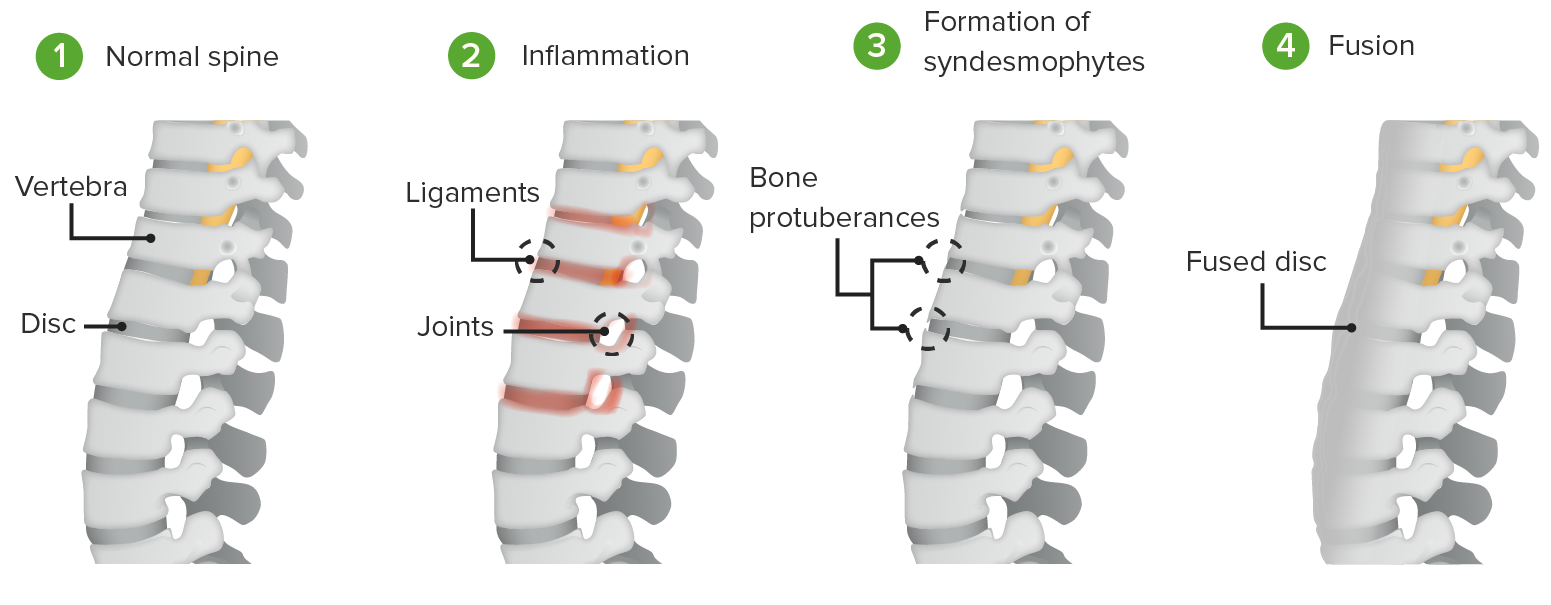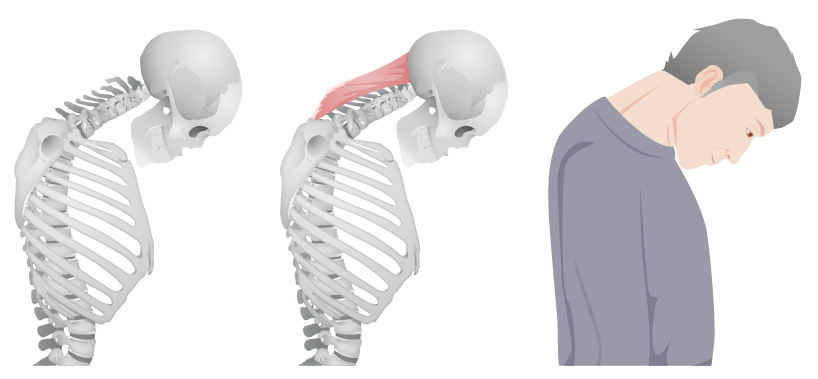Playlist
Show Playlist
Hide Playlist
Evaluation of Muscle Diseases
-
Slides Introduction to Myopathy.pdf
-
Download Lecture Overview
00:00 So, let's go back to our case. Recall this was a 54-year-old woman who presented with progressive weakness. She's got thyroid disease and is on a statin for cholesterol lowering. 00:11 She has prominent proximal weakness both on history with difficulty walking upstairs and getting up out of chairs and is starting to have some symptoms in her arms. She has no sensory findings, normal reflexes and no bulbar symptoms. So, where do we localize this condition, peripheral nerve, neuromuscular junction or muscle? But we don't see those typical findings of neuromuscular junction pathology. There are no bulbar findings. And that should really point us away from a neuromuscular junction condition and towards the muscle. 00:42 The pattern is inconsistent with a peripheral neuropathy. We don't see sensory findings. The reflex exam is normal. We don't see reduced or areflexia. And the pattern of proximal weakness is really suggestive of a muscle condition. And this is the typical presentation of a myopathy. We've localized this problem, now we need to figure out what's causing it. And in a subsequent lecture, we'll focus on that. How do we evaluate most muscle diseases? Well, it starts with the history and the examination. And then we think of a slew of tests, biopsies and nerve conduction studies or electromyography and serologic testing to figure out what type of condition it is. And remember we think of those 5; inflammatory, infectious, neoplastic or paraneoplastic, toxic, metabolic and inherited. And we're using our testing to drive into those. This is a nice table that walks through how we think of the evaluation of this specific muscle diagnosis. When we localize a problem to the muscle, we're going to evaluate first for signs of inflammation and think of the inflammatory myopathies if we see inflammatory signature. If we don't see inflammation within the muscle, we may consider infections or paraneoplastic causes. We're going to screen for toxin or metabolic disorders and think about these diagnoses that could be causing that problem. And it's important to consider inherited and congenital causes of myopathies. So, this table may be a good reference as you're evaluating cases or patients who present with a myopathic complaint. Once we have honed in on the diagnosis, we use information about that condition to prognosticate and understand inheritance for certain inherited or congenital conditions. The treatment is supportive for many patients with muscle disorders but there are new treatments that are emerging for many of these conditions that can provide important improvement in that patient’s symptoms and function over time.
About the Lecture
The lecture Evaluation of Muscle Diseases by Roy Strowd, MD is from the course Acquired Neuromuscular Diseases.
Included Quiz Questions
The typical presentation of a myopathy includes which of the following findings?
- Normal sensory findings
- Abnormal reflexes
- Difficulty swallowing
- Distal distribution of weakness
- Progressive diplopia and/or dysarthria
Customer reviews
5,0 of 5 stars
| 5 Stars |
|
5 |
| 4 Stars |
|
0 |
| 3 Stars |
|
0 |
| 2 Stars |
|
0 |
| 1 Star |
|
0 |






